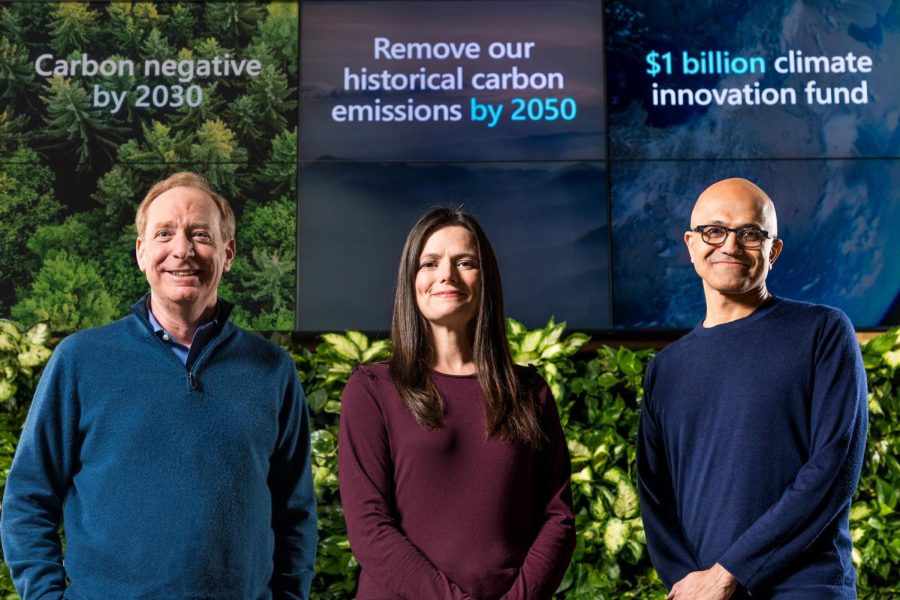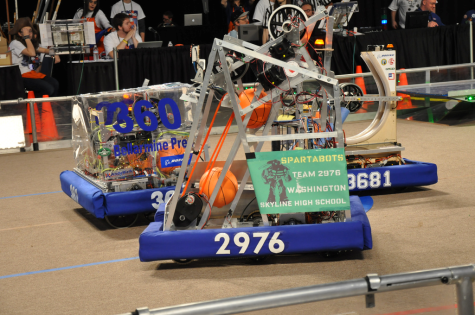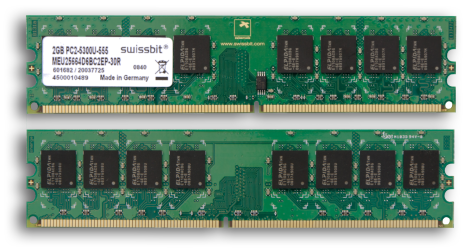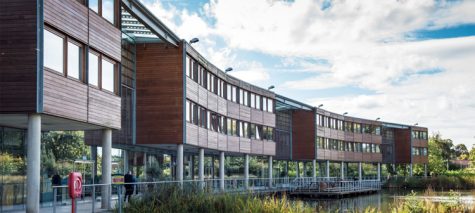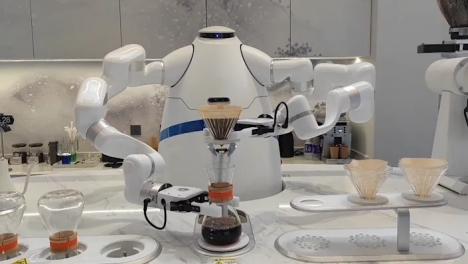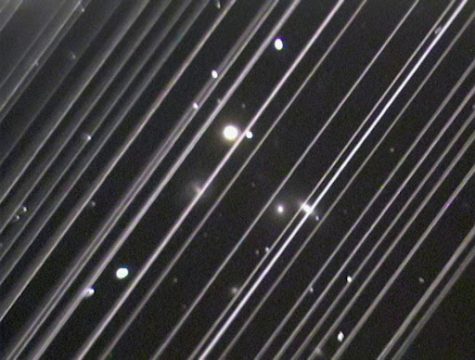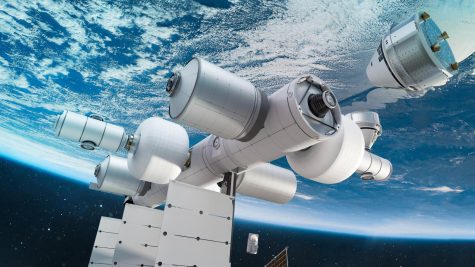From Neutral to Negative: Microsoft’s New Carbon Negative Initiative
January 31, 2022
2020 was an unfounded year for many, due of course to that Netflix show about a guy and his tigers. But for some, it was the unprecedented pandemic and the Shelter-In-Place laws that followed. But amidst all the talk of masks, vaccines, and the hobbies you would pick up then drop after you could leave your home, came Microsoft’s pledge to become carbon negative by 2030.
Companies in recent years have become more conscious about their carbon footprint, none more than Microsoft, which in 2020 announced their mission to become carbon negative by 2030. Microsoft began this mission initially in 2012 to become “carbon neutral” but has since changed the goal to “carbon negative”.
The difference is in how they approach their mission, a company claiming to be “carbon neutral” could just be paying to reduce carbon emissions, therefore, offsetting their own emissions. “Carbon negative” means that a company is directly removing more carbon than they emit each year.
“We felt that phrase [Carbon Neutral] was starting to be used for greenwashing, meaning that companies were using the phrase carbon neutrality to kind of cover-up, not really taking much action.” Says Elizabeth Willmott, the manager of Microsoft’s carbon negative initiative. “So, then we said, OK, we’re going to be negative. we’re not only going to reduce the emissions in our operations in our electricity purchasing, but also in our supply chain.”
Supply chains have become a large topic of discussion for climate activists in recent years. A supplier of Microsoft going carbon negative usually is also a supplier of other companies, so then to keep Microsoft as a primary client these companies will have to become more environmentally conscious. This means that parts of other large companies like Apple or Amazon will also have part of their carbon emissions lowered.
This large-scale reduction of carbon emissions comes only months after another large drop in emissions due to the pandemic. Microsoft was able to reduce carbon emissions by 8% during this time mostly due to suppliers being limited and employees not commuting to and from work. The challenge is going to be keeping this decrease as supply returns to normal and workers begin to commute again.
“Well, we are having a hard time, yeah, it’s hard. We didn’t know exactly how we are going to get there when we set this goal and that was a bold move on the part of our executives to say, like, we don’t have an exact plan, we have a detailed idea.” Says Willmott.
Microsoft’s current plan consists of updating all campuses, data centers, and main suppliers of their company with the newest in green energy. That means electric buses, Solar panels/other forms of green energy, and additional costs for emissions within the company’s assets and branches. This means a system of the company that is producing too many carbon emissions will have to pay an extra tax that will go back into reducing their emissions.
It’s a great system but how much will it cost? Microsoft no doubt has enough money to make this project work, but once they make their goal of becoming carbon negative the struggle will be turning a profit while staying carbon neutral. Fortunately, this project seems to have helped Microsoft so far in the public eye.
“Generation Z, millennials and young people who are demanding corporate responsibility and demanding that we don’t smoke the planet love it. Frankly, like that’s literally what we hear that all the time, Gen Z will not support a company that smokes the planet.” Says Willmott. And more now than ever people are rallying for change in business and changes in sustainability, and a company that can listen to the not always nice criticisms is vital for change.
Microsoft’s 2021 sustainability update should be out soon, outlining the progress Willmott’s team has done within the past 2 years. They also outline ways you can get involved in your community and in personal life with the help of Microsoft tools. Don’t wait to fix your carbon footprint, with a new year comes many new resolutions and we should all make preserving our earth one of them.

